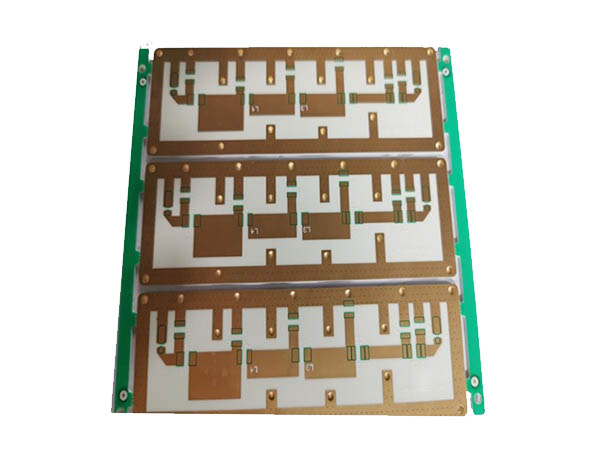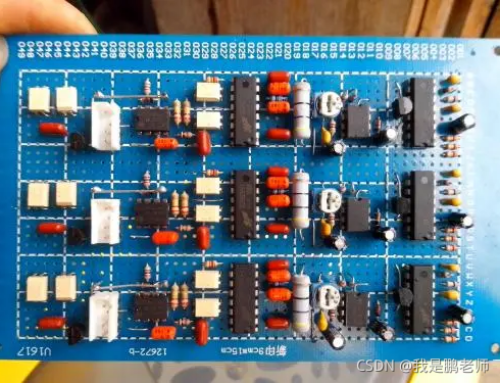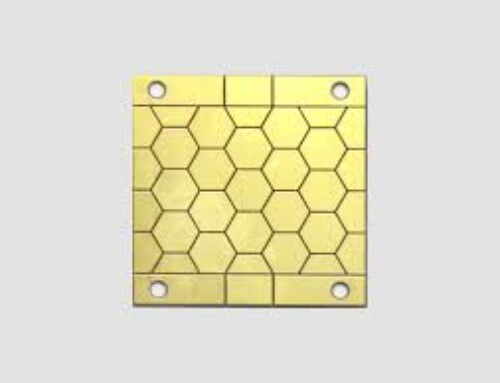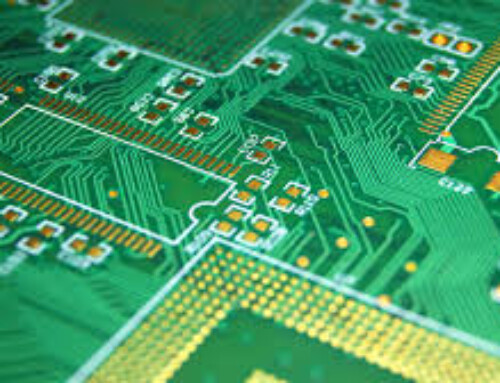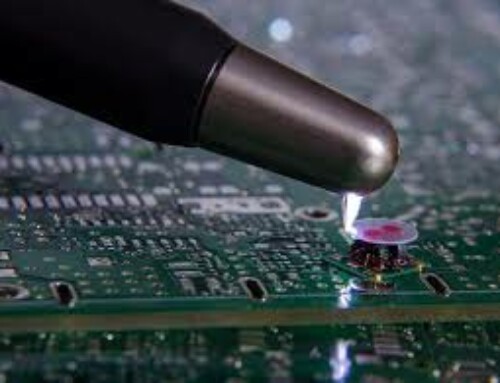Improving telecom equipment power management flexibility and reliability when using high voltages
As bandwidth continues to increase, deregulation and competition in wired and wireless infrastructure telecommunications systems drive the need for low-cost equipment solutions. The ever-increasing challenges of power management requirements for telecommunications equipment increasingly require designers to be able to power a wide range of digital signal processors (DSPs), field programmable gate arrays (FPGAs), application specific integrated circuits (ASICs) and microprocessors. Provides more voltage rails.
In short, power management solutions are required to generate more different voltages and larger currents more efficiently in a smaller space and reduce noise. Additionally, if these requirements weren’t challenging enough, the solution must also be low cost, which is even more challenging!
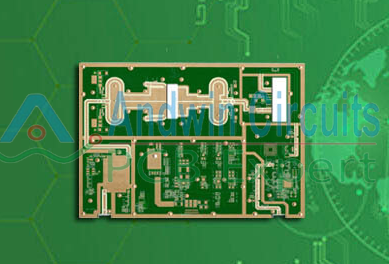
PCB can play a big role. Since RF PCB can improve the performance, stability and reliability of products, the use of high frequency PCB can help generate more different voltages and larger currents more efficiently.
Deploying access equipment closer to users requires smaller accessories (gaskets and mounting holes) that can withstand harsher environments. Since the central office space is very small, the infrastructure equipment will be designed to be more compact. Factors driving the development of power management products are form factor, thermal management, cost, and electrical performance (voltage regulation, transient response, and noise generation). This article will give you a basic understanding of the evolution of on-board power systems and how the latest generation solutions enable higher performance and lower cost in smaller packages.
Some telecom OEMs insist on using the traditional wide input voltage specification of 36V to 75V with an input transient voltage of 100V. To meet these requirements, the power industry introduced semi-regulated IBAs (see Figure 4). The main difference between the semi-regulated IBA and the unregulated IBA is that if the input voltage exceeds the range of 55V ~ 60V, then the semi-regulated IBA will regulate the output voltage to about 10V. The disadvantage of this approach is that the isolated power module must increase in size to accommodate the voltage regulation circuitry, and its efficiency decreases when the input voltage exceeds 55V.However, some Heavy copper PCB boards can improve these shortcomings in design.
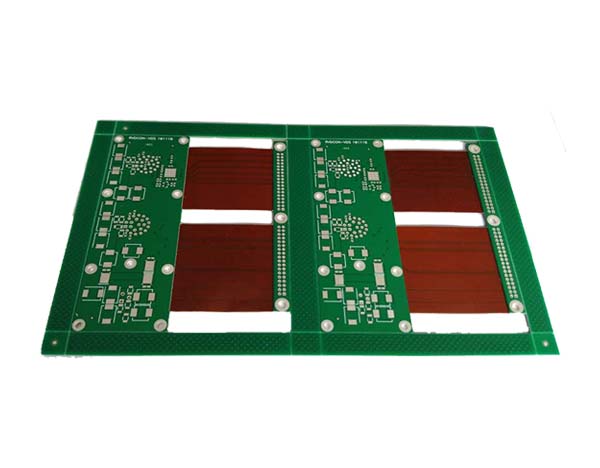
Telecom systems typically have a nominal input supply of 48V and can withstand transient voltages up to 100V. Most power converters on the market today cannot withstand transient voltages above 60V. Therefore, designers must implement expensive clamping circuits to reduce the transient to a usable voltage. This additional circuitry in the form of TVS diodes or transistors adds both cost and valuable PCB area.
The new LM5017 100V synchronous buck simplifies such high voltage designs while reducing PCB footprint and component count. The LM5017 has a wide operating input voltage range of 9V-100V, eliminating the need for clamping circuits. It is the industry’s first 100V converter to integrate high-side and low-side FETs, all in a compact 4mm x 4mm LLP-8 package. Synchronous rectification provides higher efficiency and unparalleled ease of use because no external FETs or freewheeling diodes are required. Figure 1 shows a typical application diagram of the LM5017 as a 100V synchronous buck regulator.
